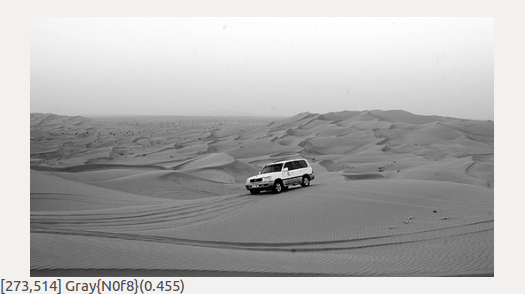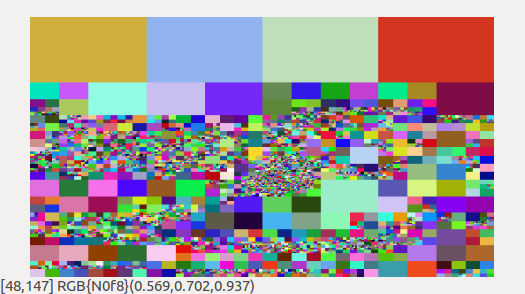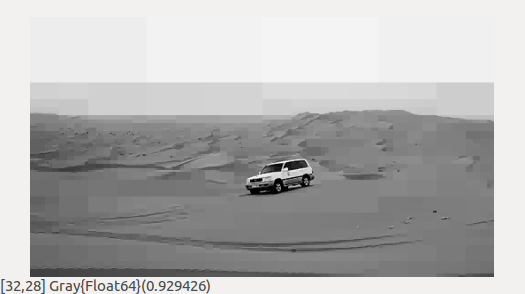Codecov Report
Merging #10 into master will decrease coverage by
0.4%. The diff coverage is95.55%.
@@ Coverage Diff @@
## master #10 +/- ##
==========================================
- Coverage 99.5% 99.09% -0.41%
==========================================
Files 6 7 +1
Lines 400 444 +44
==========================================
+ Hits 398 440 +42
- Misses 2 4 +2| Impacted Files | Coverage Δ | |
|---|---|---|
| src/ImageSegmentation.jl | 100% <ø> (ø) |
:arrow_up: |
| src/core.jl | 100% <100%> (ø) |
:arrow_up: |
| src/region_merging.jl | 95.45% <95.45%> (ø) |
Continue to review full report at Codecov.
Legend - Click here to learn more
Δ = absolute <relative> (impact),ø = not affected,? = missing dataPowered by Codecov. Last update 02ebd26...cd415b6. Read the comment docs.

Added functions for creating region trees (using
RegionTrees.jl) and segmenting images using region splitting algorithm. The time complexity of the algorithm is O(n*log(n)). It works for N-dimensional arbitrary indexed images.Working example:
Original:
RegionTree (threshold = 0.2):
Segmented Image: